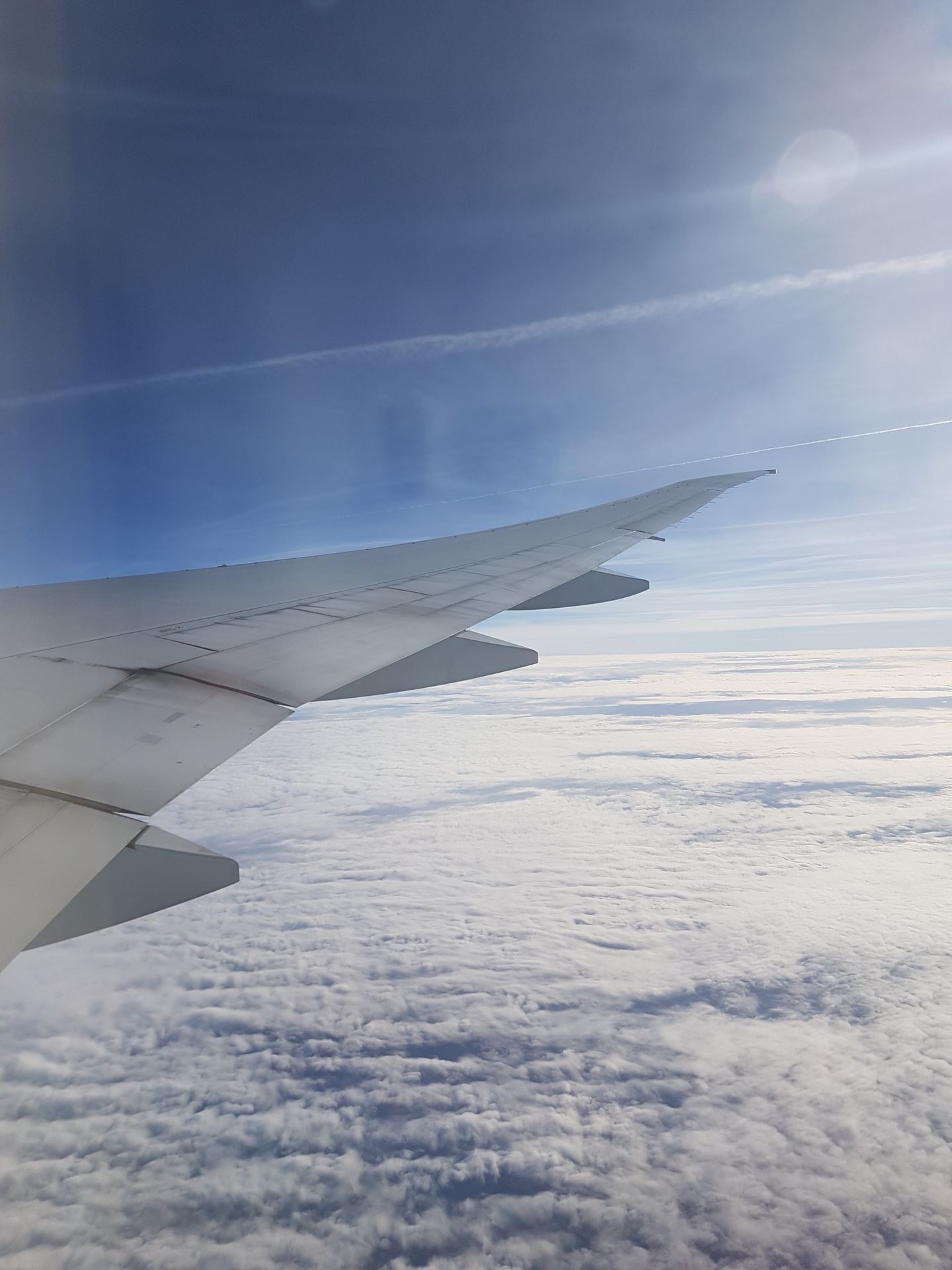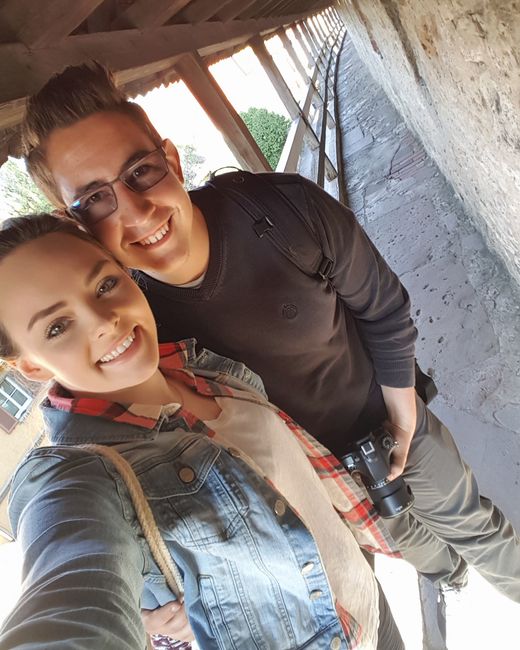17/07/2018 - Following the footsteps of Captain James Cook
Çap edildi: 21.08.2018
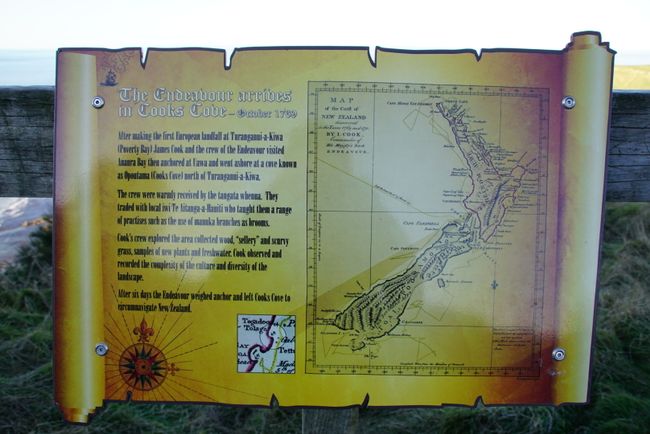
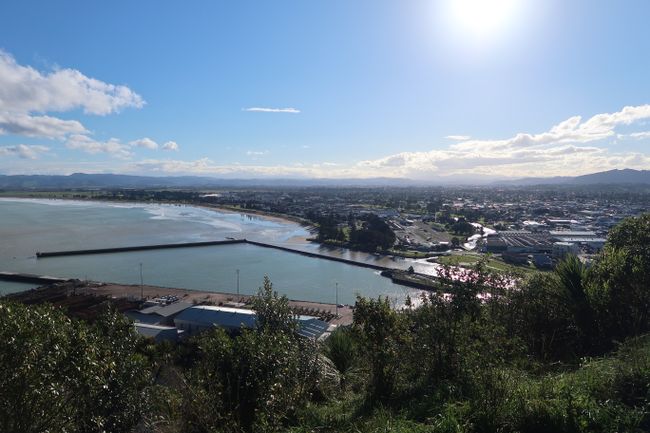
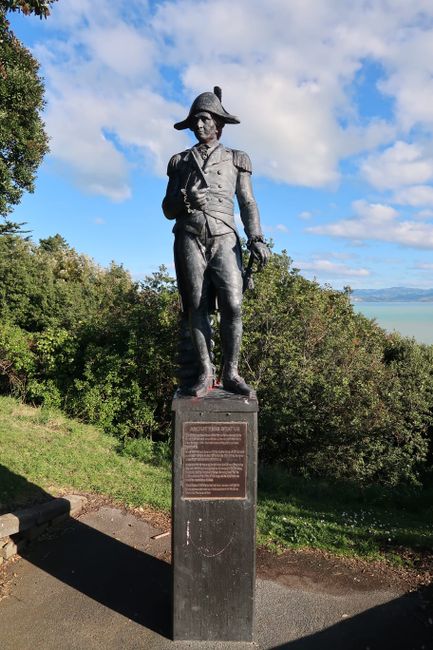
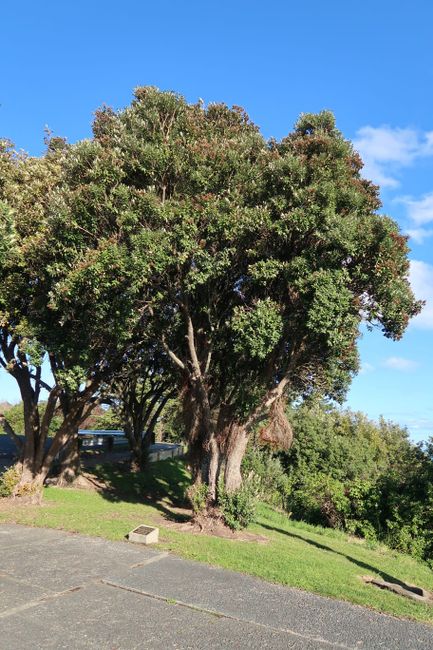
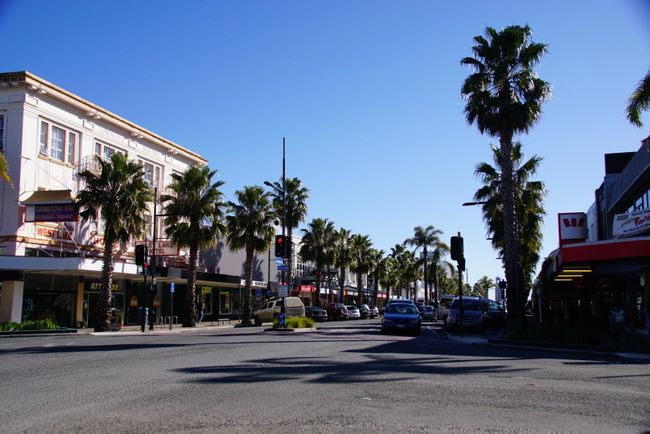
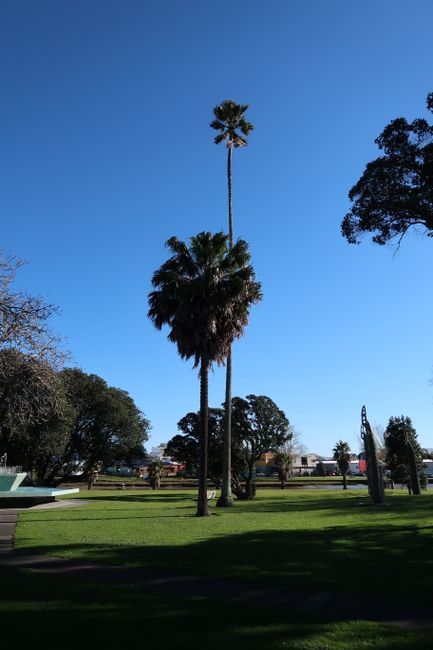
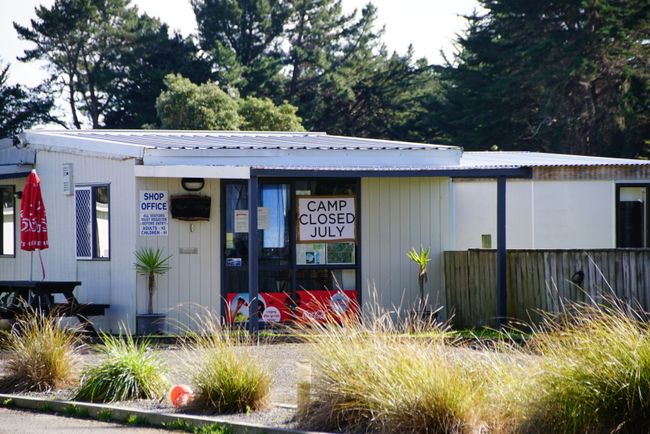
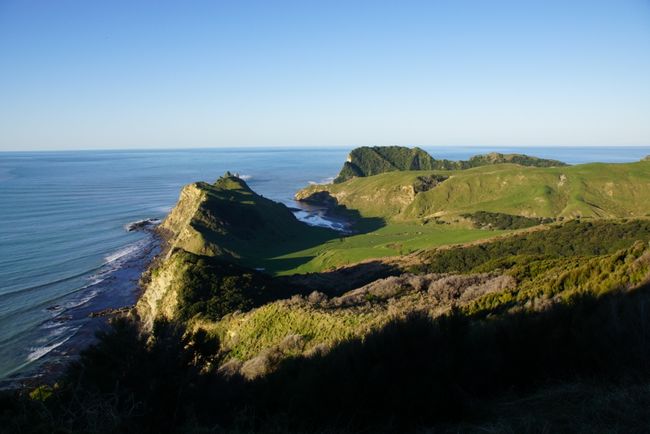
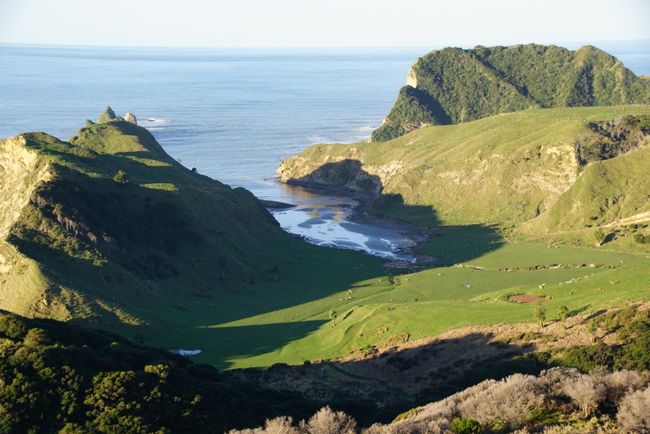
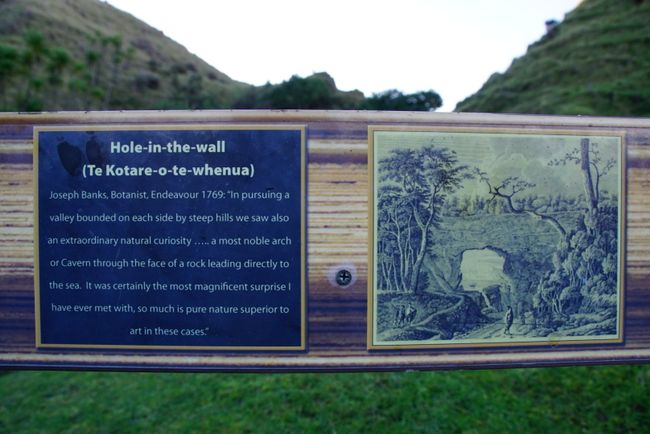
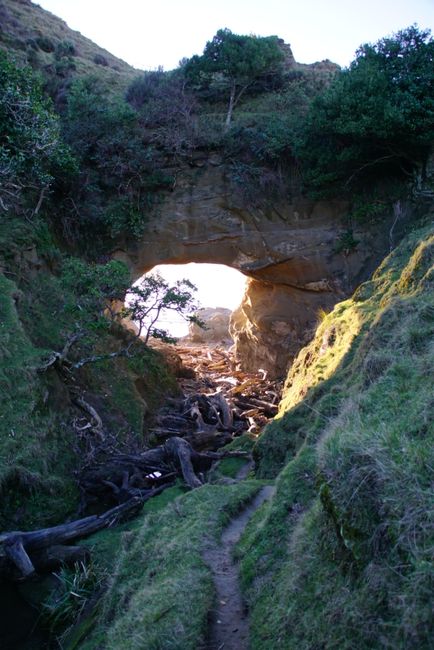
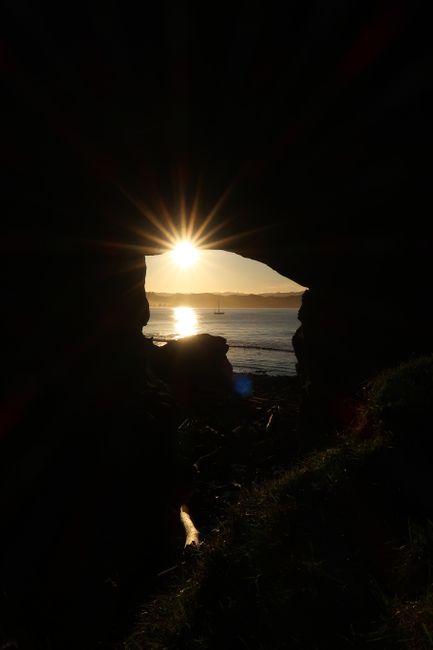
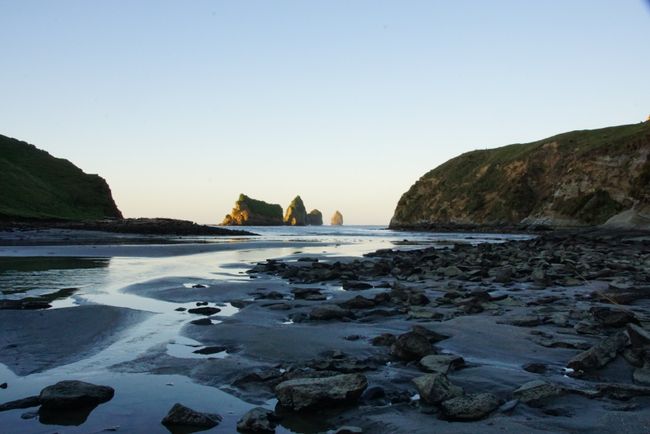
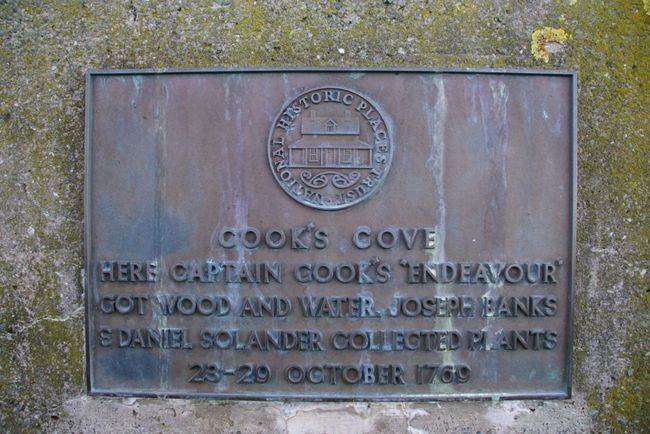
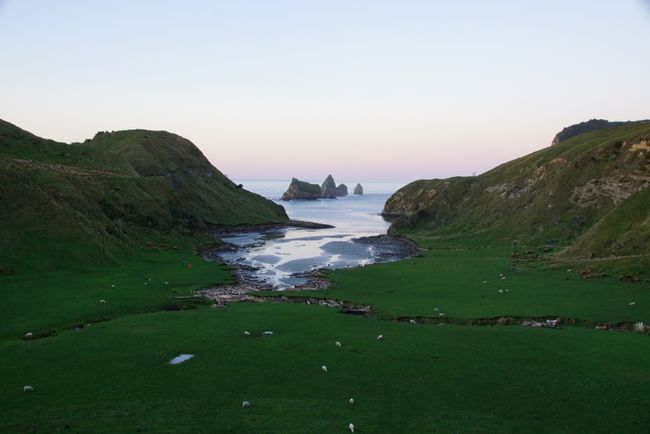
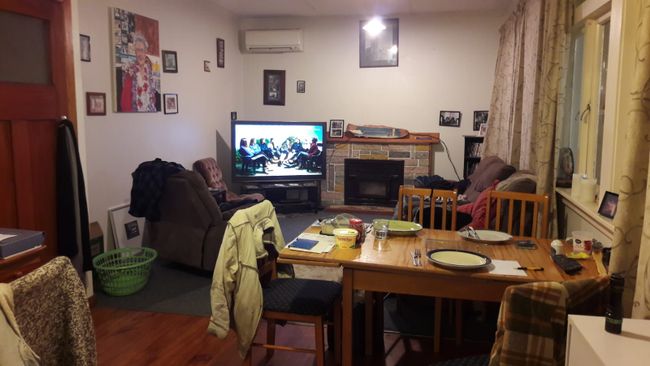
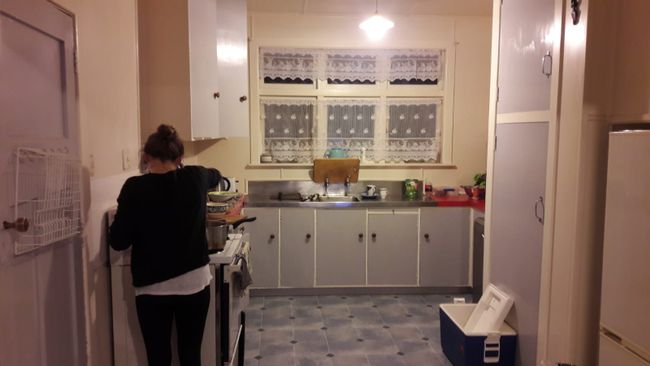
Habar býulletenine ýazylyň
In October 1769, Cook's expedition first landed on New Zealand's mainland. The first encounter between the Maori people and the ship's crew near Gisborne did not go well. The skeptical Maori greeted the captain and his crew with a traditional Haka (war dance), but the Europeans, intimidated by the dance, responded with a volley of gunshots, resulting in the death of six Maori. Shocked by this incident, the sailors left the mainland without replenishing their water and food supplies, which was their original plan. As a result, James Cook named the bay "Poverty Bay".
This morning, we were able to see this bay from a viewpoint. We parked our car at Titirangi Reserve, located in the heart of Gisborne. We explored the small mountain on foot and passed by a bronze statue of the British explorer. Next to it, Princess Diana planted a Pohutukawa tree in 1983, which has now grown to an impressive size. Before driving into the city center, we took one last look at Poverty Bay and the cliffs of Young Nicks Head.
Nicholas Young, a twelve-year-old boy who was part of Cook's first expedition, was the first to spot the coastline of New Zealand, which is why it is named after him.
After strolling through the city center of Gizzy, we returned to the car to continue our journey. Along the State Highway 35, we stopped at several picturesque bays. We reached our destination, Tolaga Bay, around 3:00 PM. However, we were shocked to find a sign saying "Camp closed July". The local campground was closed and the nearest one was 25 kilometers away. What now? It was already two hours before sunset. Nevertheless, we still wanted to go on a 2.5-hour hike and then continue driving in the dark. After a brief consideration, we decided to stick to our original plan and hiked to Cook's Cove. The trail initially led through farmland and steep/muddy pastures. After about twenty minutes, we reached a lookout point. From here, we had a panoramic view of the bay where James Cook landed many years ago. We didn't spend too much time at the lookout and continued towards Cook's Cove. We descended the hill we had just climbed through dense forest, inch by inch, until we reached the sheep pasture after about an hour. We followed the signs and first visited the "Hole in the Wall". Back in 1769, Joseph Banks, a botanist aboard the Endeavour, was fascinated by this natural rock arch framing the view of the ocean behind it. Luckily, the sun was setting at that time, creating a beautiful lighting atmosphere. We walked across the pasture. The bay, named after James Cook, is surrounded by high cliffs. With a bit of imagination, we could picture his sailing ship anchoring here. A good choice.
The Endeavour spent a total of six days here. Along with water and firewood, the 70-person expedition also collected many plants for research.
It was really exciting for us to be at such a historic place! However, the evening twilight gradually set in, so we had to make our way back. Back at the lookout, the sun was no longer visible on the horizon. Tobi used the limited cell phone reception to inform the owner of the camping site that we would be arriving. It was already 5:00 PM, and many campgrounds close their reception at nightfall. But the owner of the Anaura Bay Campsites reassured us that he would be there the whole evening anyway. With this assurance, the second half of the hike was much more relaxed. However, we had to descend the muddy meadows in the advancing darkness. To make matters worse, a small herd of cows was let loose on the pasture, and they startled and rustled through the bushes—just like us. At 5:45 PM, in complete darkness, we reached our lonely Sam in the parking lot. Off we went to Anaura Bay! The road wound past hills, and after over thirty minutes, we finally saw the gate of the campground. We parked our car on a flooded meadow and immediately went to the reception. We were greeted by Victor, the owner. After a short chat, he found out that Tobi is a cook. His interest was piqued. The hobby cook loved to cook traditional Maori dishes and spontaneously invited us to dinner. Before accepting the invitation, we moved our car to one of the campsites. In the process, Sam got stuck in the muddy field. But with a little finesse on my part and strong physical effort from Tobi, we managed to get it out of the swamp together. Afterwards, we packed up our cooking utensils and visited Victor in his house. While he was making a phone call with his daughter, we settled in and got a first impression of a "Kiwi household". While I reheated the leftovers from the previous day, Victor and Tobi started making Maori "Fry Bread". It is a simple dough made of flour, water, oil, dry yeast, and salt. After mixing it until it has a homogeneous consistency, it is rolled out, cut into shapes, and fried in oil for several minutes.
When Victor disappeared again to make a phone call, we suspected that he had invited us with a hidden agenda—someone (us) had to prepare dinner, after all. ;) When everything was ready, we set up the buffet. From our side, there were satay chicken, a vegetable stir-fry, and rice, while Victor contributed fry bread and crispy potato slices. We sat down together at the table and were pleasantly surprised by the result. The crispy bread tasted excellent. Traditionally, it is served with stews or as a sweet variation with butter and jam. Victor also enjoyed our cooking and visibly savored the meal. We had long conversations about the history of New Zealand and the Maori. Victor shared his personal views on life and his respect for others, which was inspiring. He also talked about his family and his mother, expressing admiration for her and revealing that she came from Samoa, where his roots in Germany also lie, although he doesn't speak a word of German and has never visited the country. It was fascinating to listen to him. He was so open, free, and honest with us. We enjoyed warm hospitality, deep conversations, and the cozy room temperature. His heater was running at full blast. ;) As well-behaved as we are, we did the dishes before saying goodbye, which was greatly appreciated. We hugged and bid farewell, then made the difficult journey back into the cold and settled into the car around 11:00 PM with newly gained impressions.
Habar býulletenine ýazylyň
Jogap (3)
Dominic
Die Gastfreundschaft und Offenheit der Neuseeländer war auch für uns immer wieder verblüffend :)Kathy
Ich komme aus Deutschland, ich wurde im Jahr 2018 an Emphysem (COPD) erkrankt und ich habe alle möglichen Mittel ausprobiert, um gesund zu werden, ich besuchte sogar Pneumologen, aber alles ohne Erfolg, bis ich einen Beitrag in einem Gesundheitsforum über einen Kräuterarzt sah Afrika, die Kräutermedizin vorbereiten, um alle Arten von Krankheiten einschließlich Emphysem zu heilen, zuerst bezweifelte ich, wenn es wirklich war, aber entschied, es zu versuchen, als ich diesen Kräuterdoktor über seine E-Mail kontaktierte, schickte er mir die Emphysema-Kräutermedizin durch Kurierdienst, Als ich diese Kräutermedizin erhielt, gab er mir Schritt für Schritt Anweisungen, wie man es anwendet, wenn ich es wie angewiesen anwandte, wurde ich völlig von dieser tödlichen Krankheit innerhalb 12-14 Tage der Verwendung geheilt, wenn Sie dieser Krankheiten leiden, die Sie können ebenso kontaktieren Sie diesen großen Kräuterarzt über seine E-Mail solutionsherbalclinic@gmail.commary
thank to doctor Edidia I am from USA, I was diagnosed of Emphysema
(COPD) in 2016 and I have tried all possible means to get cured, i even
visited phonologist but all to no avail, until i saw a post in a health
forum about a herbal doctor from Africa who prepare herbal medicine to cure
all kind of diseases including Emphysema, at first i doubted if it was real
but decided to give it a try, when i contacted this herbal doctor via his
email he sent me the Emphysema herbal medicine through courier service,
when i received this herbal medicine, he gave me step by instructions on
how to apply it, when i applied it as instructed i was totally cured of
this deadly disease within 12days of usage, if you are suffering of
this diseases you can as well Contact this great herbal doctor via his
email dredidiaherbalhome@gmail.com or what'sap him at +2349074505296 here is his website http://dredidiaherbalhome.weebly.com/
Syýahat hasabaty Täze Zelandiýa
